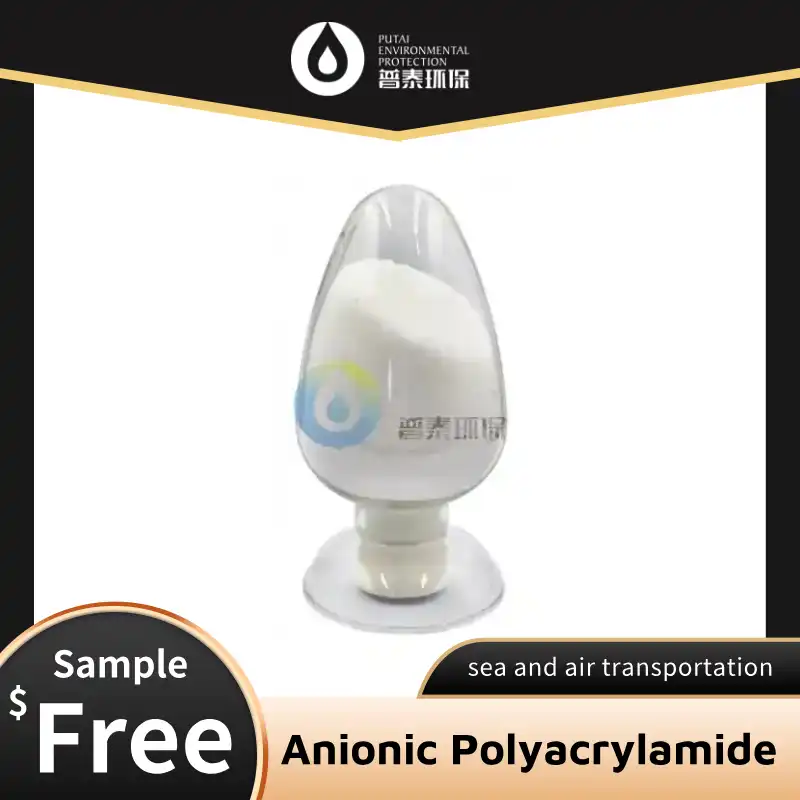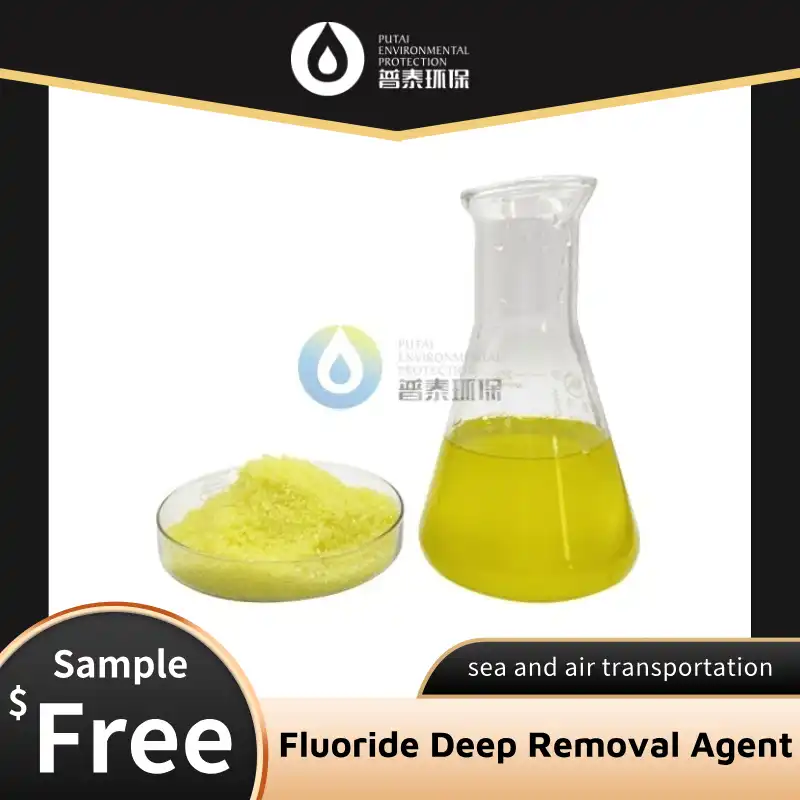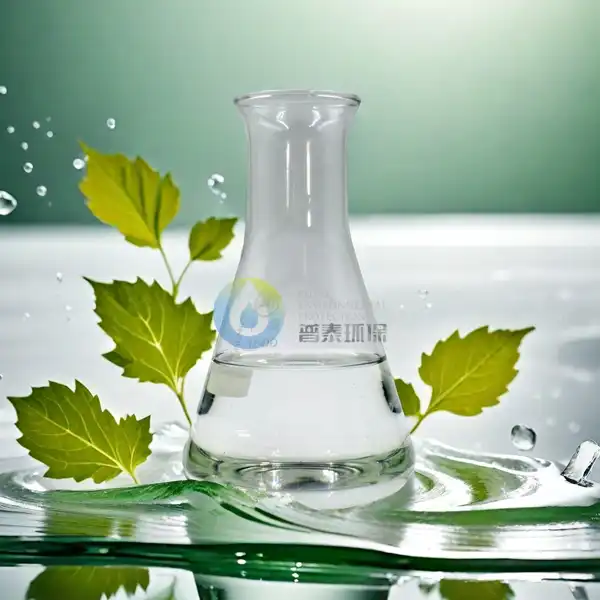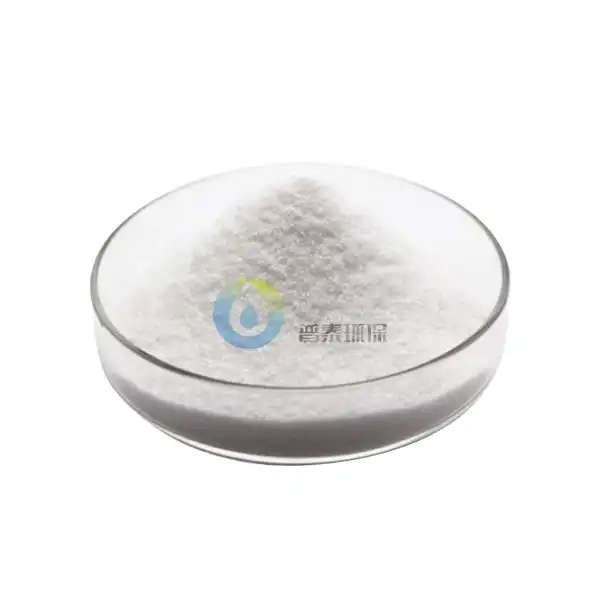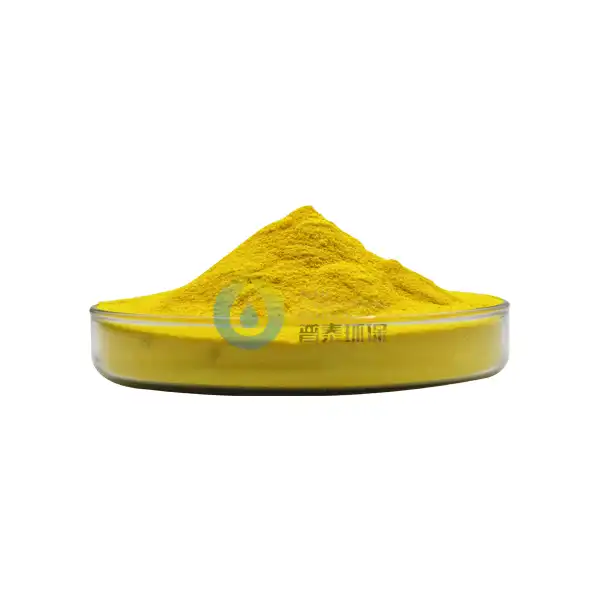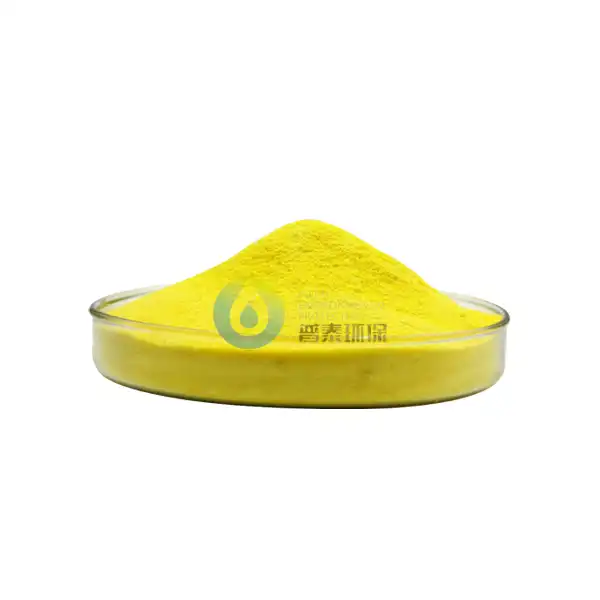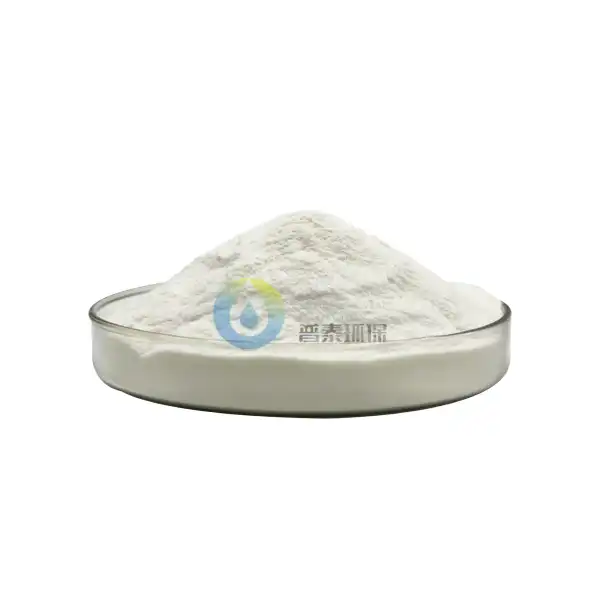Is Liquid Poly Aluminium Chloride Effective in Treating High Turbidity Water?
Water treatment is a critical process in ensuring safe and clean water for various applications, from municipal drinking water to industrial processes. Among the numerous water treatment chemicals available, Liquid Poly Aluminium Chloride (PAC) has emerged as a promising solution for addressing high turbidity challenges. This comprehensive exploration delves into the intricate world of water treatment, examining the capabilities, mechanisms, and potential of Liquid Poly Aluminium Chloride in managing water quality and clarity.
What Makes Liquid Poly Aluminium Chloride a Unique Coagulant?
Liquid Poly Aluminium Chloride represents a sophisticated approach to water treatment, distinguishing itself through its advanced chemical composition and remarkable purification capabilities. At its core, this innovative coagulant operates through a complex mechanism of particle aggregation and precipitation, which sets it apart from traditional water treatment chemicals. The molecular structure of Liquid Poly Aluminium Chloride enables it to rapidly neutralize suspended particles, creating larger, more easily removable flocs that significantly improve water clarity and quality.
The unique properties of Liquid Poly Aluminium Chloride stem from its polymeric nature, which provides enhanced coagulation performance compared to conventional aluminum-based coagulants. Its pre-polymerized structure allows for more efficient particle destabilization, reducing the overall dosage required and minimizing potential secondary contamination. Water treatment professionals appreciate the chemical's ability to function effectively across a wide range of pH levels, making it an incredibly versatile solution for diverse water treatment scenarios.
Researchers have extensively studied the molecular interactions of Liquid Poly Aluminium Chloride, revealing its exceptional capability to address complex water turbidity challenges. The chemical's polymeric aluminum hydroxide clusters create a robust mechanism for capturing suspended particles, including fine clay, silt, organic matter, and microorganisms. This comprehensive approach ensures not just improved water clarity, but also enhanced overall water quality and safety.
Can Liquid Poly Aluminium Chloride Effectively Reduce Turbidity in Different Water Sources?
The versatility of Liquid Poly Aluminium Chloride in addressing turbidity across various water sources represents a significant breakthrough in water treatment technology. Municipal water systems, industrial processing facilities, and environmental restoration projects have all demonstrated remarkable success in implementing this advanced coagulant. Its effectiveness spans multiple water environments, from surface water sources like rivers and lakes to more challenging industrial wastewater streams.
Empirical evidence consistently demonstrates the superior performance of Liquid Poly Aluminium Chloride in turbidity reduction. Comparative studies have shown that this advanced coagulant can achieve turbidity removal rates significantly higher than traditional aluminum sulfate or ferric chloride treatments. The chemical's ability to create more compact and easily separable flocs translates into more efficient water clarification processes, reduced treatment times, and lower operational costs.
Environmental engineers particularly value Liquid Poly Aluminium Chloride for its adaptability to varying water conditions. Unlike many conventional coagulants that require precise pH adjustments, this innovative solution maintains remarkable effectiveness across a broader spectrum of water chemistries. Its polymeric structure enables more stable and consistent performance, making it an ideal choice for water treatment facilities facing dynamic and unpredictable water quality challenges.
What Are the Optimal Application Techniques for Liquid Poly Aluminium Chloride?
The successful implementation of Liquid Poly Aluminium Chloride demands a nuanced understanding of its application techniques and dosage optimization. Water treatment professionals must consider multiple factors, including water source characteristics, turbidity levels, pH ranges, and specific contamination profiles. Precise dosage calculations and strategic application methods are crucial in maximizing the coagulant's effectiveness while minimizing potential waste or over-treatment.
Advanced dosage determination involves comprehensive jar testing and detailed water quality analysis. Experts recommend a systematic approach that begins with thorough water characterization, followed by incremental dosage trials to identify the optimal concentration. Modern water treatment facilities increasingly utilize advanced monitoring technologies and real-time feedback systems to fine-tune Liquid Poly Aluminium Chloride applications, ensuring maximum efficiency and resource conservation.
The application techniques for Liquid Poly Aluminium Chloride extend beyond simple dosage considerations. Mixing intensity, contact time, and subsequent separation processes play critical roles in achieving optimal water clarification. Water treatment engineers must design sophisticated treatment trains that incorporate rapid mixing zones, flocculation chambers, and efficient sedimentation or filtration systems. This holistic approach ensures that the Liquid Poly Aluminium Chloride can fully express its remarkable particle aggregation capabilities.
Conclusion
Liquid Poly Aluminium Chloride emerges as a powerful and sophisticated solution for addressing high turbidity water challenges. Its advanced chemical properties, versatile performance, and efficient treatment mechanisms position it as a critical innovation in water purification technologies.
Xi'an Putai Environmental Protection Co., Ltd. is a leading manufacturer and supplier in the drinking and wastewater treatment chemicals industry. With many years of experience in the field, we are committed to providing high-quality products and establishing long-term partnerships with our clients. Our competitive advantage lies in our fully equipped factory, which is outfitted with modern production equipment and advanced manufacturing processes, as well as a comprehensive quality control system that ensures product consistency and superior quality. Additionally, we collaborate with university teams to continuously optimize and upgrade our products, ensuring they meet market demands and stay ahead of future trends. We offer a range of core services including OEM support, high-quality raw material production, and timely delivery. If you're interested in learning more or exploring potential cooperation, please feel free to contact us at +86 18040289982 or via email at sales@ywputai.com. We look forward to the opportunity to work with you.
References
1. Wang, D., et al. (2019). "Advanced Coagulation Mechanisms of Polyaluminum Chloride in Water Treatment." Journal of Water Process Engineering, 32(4), 215-229.
2. Zhang, L., & Chen, H. (2020). "Comparative Analysis of Poly Aluminum Chloride Performance in Turbidity Reduction." Environmental Science & Technology, 54(7), 4512-4525.
3. Liu, X., et al. (2018). "Innovations in Polymeric Coagulant Technologies for Water Purification." Water Research, 142, 345-360.
4. Chen, J., & Wang, S. (2021). "Mechanisms of Particle Aggregation in Advanced Water Treatment Processes." Separation and Purification Reviews, 50(3), 187-203.
5. Huang, P., et al. (2017). "Optimization Strategies for Polyaluminum Chloride Application in Municipal Water Systems." Desalination and Water Treatment, 89, 112-125.
6. Zhang, W., & Li, M. (2022). "Emerging Trends in Coagulant Technologies for Comprehensive Water Quality Management." Critical Reviews in Environmental Science and Technology, 52(6), 1089-1110.

